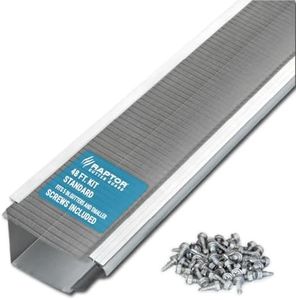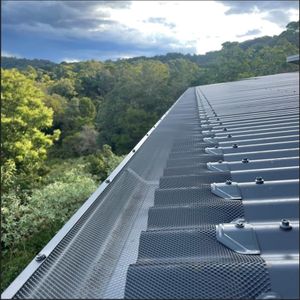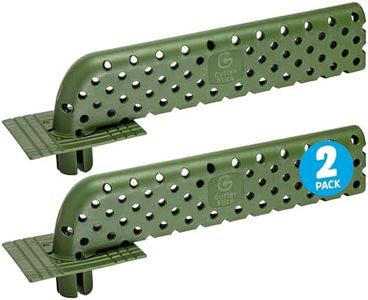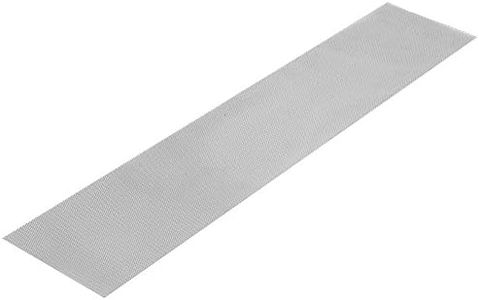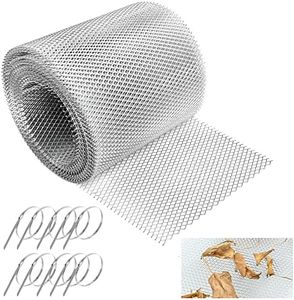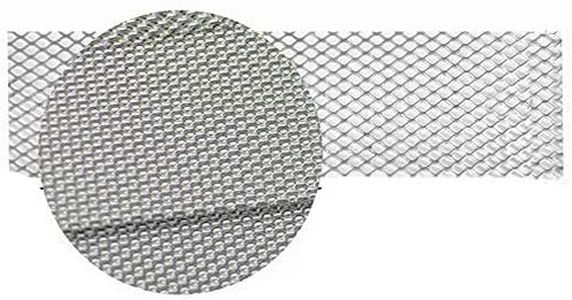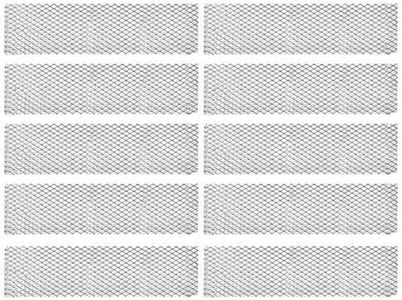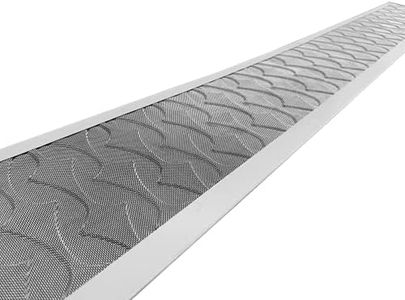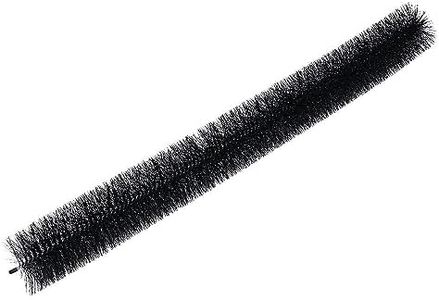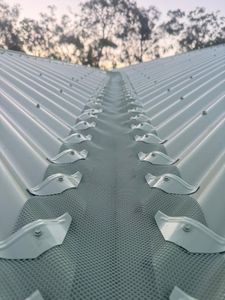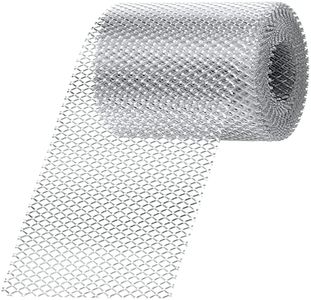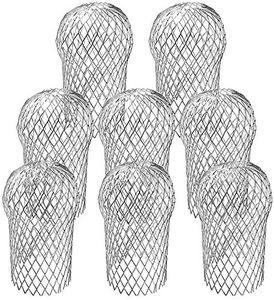We Use CookiesWe use cookies to enhance the security, performance,
functionality and for analytical and promotional activities. By continuing to browse this site you
are agreeing to our privacy policy
10 Best Diy Gutter Guards
From leading brands and best sellers available on the web.Buying Guide for the Best Diy Gutter Guards
Choosing the right DIY gutter guards can help you protect your home from water damage, reduce maintenance, and save you from constantly clearing clogged gutters. The best gutter guards will depend on your particular roof style, surrounding environment (such as nearby trees), and how hands-on you want to be in the installation process. Understanding the key features and variables can help you pick the solution that's easiest for you to install and most effective over the long term.MaterialThe material of gutter guards impacts their durability, effectiveness, and how well they stand up to your local climate. Common materials include plastic, aluminum, stainless steel, and foam. Plastic is lightweight and inexpensive but may not last as long under direct sunlight or in cold climates. Aluminum is more durable and resists rust, making it good for most conditions. Stainless steel offers maximum durability and is resistant to corrosion, ideal for harsh weather or heavy debris but is often heavier and tougher to cut. Foam is easy to install but may break down more quickly and isn't suitable for all debris types. Consider your home's exterior, typical weather, and whether you need something strong or just a basic block against leaves.
Type of GuardDIY gutter guards come in a variety of types, such as mesh screens, reverse-curve, brush, foam inserts, and micro-mesh. Mesh screens are versatile and block most leaves while allowing easy water flow; they're good for areas with plenty of small debris. Reverse-curve guards direct water in while shedding debris outward, but require precise installation and may not fit all gutter types. Brush guards are simple to install but may trap smaller seeds and still require occasional cleaning. Foam inserts slip inside the gutter and are easy to use, but can deteriorate over time and might allow some debris to stick. Decide based on the kind of leaves and debris your gutters face most often and how much ongoing maintenance you want to do.
Ease of InstallationHow easily you can install a gutter guard yourself will depend on its design and your comfort with tools. Some guards snap into place or slide under shingles, needing no tools and little DIY expertise. Others require fastening with screws or precise alignment, demanding more effort and perhaps a ladder and drill. Simpler guards are ideal for beginners or when you want to finish the job quickly, while more complex ones might offer better performance if you're confident with household projects.
Gutter CompatibilityNot all gutter guards fit every size and style of gutter. Gutters vary in width (commonly 5 or 6 inches), shape (K-style or half-round), and mounting method (fascia or roof-mounted). Some guards are adjustable, while others are only compatible with specific gutters. Carefully check your current gutter design before choosing, as using the wrong size or type can reduce performance or even cause leaks.
Debris HandlingThe effectiveness of gutter guards depends on how well they prevent leaves, pine needles, seeds, and other debris from entering while still allowing water to pass through. Finer-mesh guards are better for blocking smaller debris like pine needles, but may clog with fine particles if you have lots of pollen or dust. Larger holes handle heavy rains better but can let through small seeds. Think about the trees and plants nearest your roof and match the guard's debris-blocking ability accordingly.
Maintenance RequirementsWhile guards reduce the need to clean gutters, they rarely eliminate it completely. Some designs need periodic brushing-off or removal for a thorough cleaning, while others can mostly be left alone. Guards that are easy to remove or clean from the ground suit those who want minimal ladder work. If you want to truly 'set and forget,' look for guards that shed debris effectively and advertise low maintenance in the long term.
